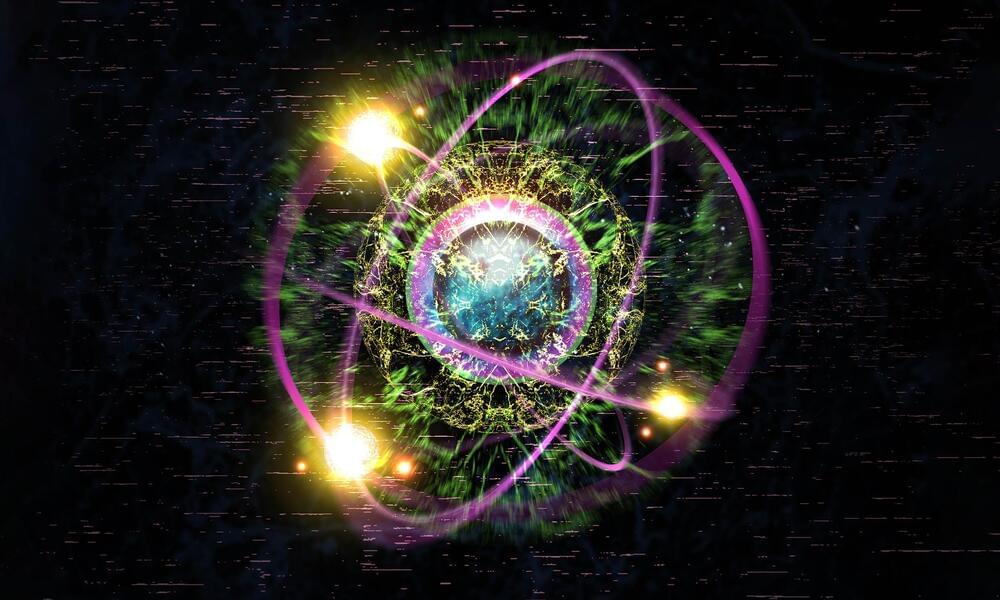In the first study, a team led by Professor Jong-sung Yu at the DGIST Department of Energy Science and Engineering developed a nitrogen-doped porous carbon material to enhance the charging speed of lithium-sulfur batteries. This material, synthesized using a magnesium-assisted thermal reduction method, acts as a sulfur host in the battery cathode. The resulting battery exhibited remarkable performance, achieving a high capacity of 705 mAh g⁻¹ even when fully charged in just 12 minutes.
The carbon structure, formed by the reaction of magnesium with nitrogen in ZIF-8 at high temperatures, enabled higher sulfur loading and improved electrolyte contact. This advancement resulted in a 1.6-fold increase in capacity compared to conventional batteries under rapid charging conditions. Furthermore, the nitrogen doping effectively suppressed lithium polysulfide migration, allowing the battery to retain 82 percent of its capacity after 1,000 charge-discharge cycles.
Collaboration with Argonne National Laboratory revealed that lithium sulfide formed in a specific orientation within the carbon material’s layered structures. This finding confirmed the benefits of nitrogen doping and the porous carbon structure in boosting sulfur loading and accelerating reaction speed.









